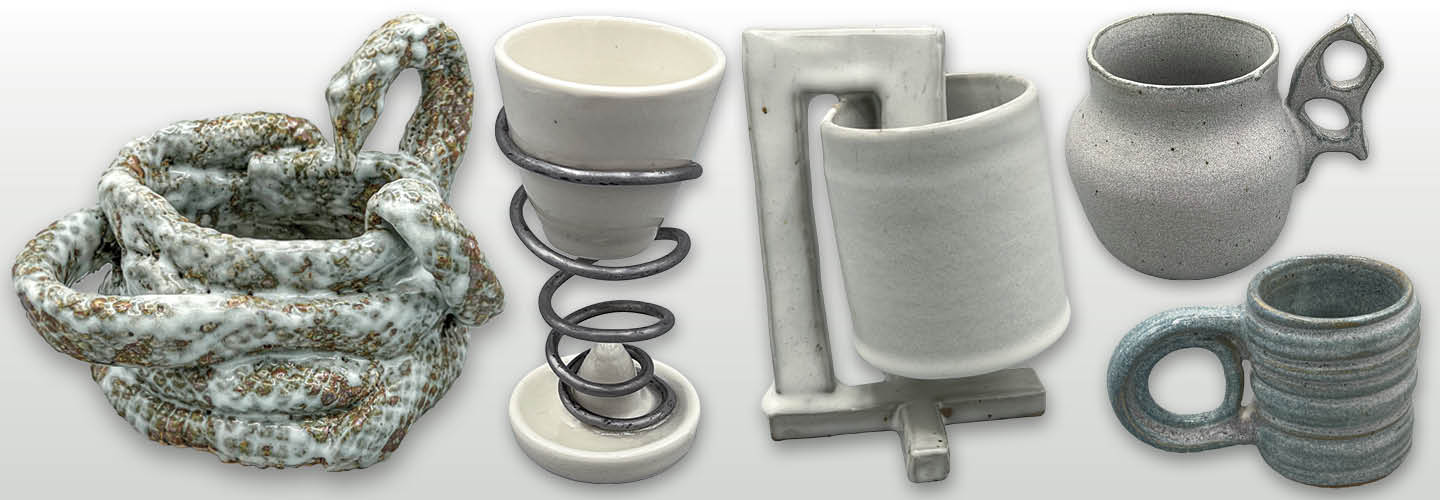- When most people design mugs, they begin with the vessel, and the handle is an afterthought.
- Flip this process around: First, design the handle for a mug. Then design a vessel that relates to the handle.
Core Art Standards: VA1, VA2, VA9

Images courtesy of Eric Rempe.